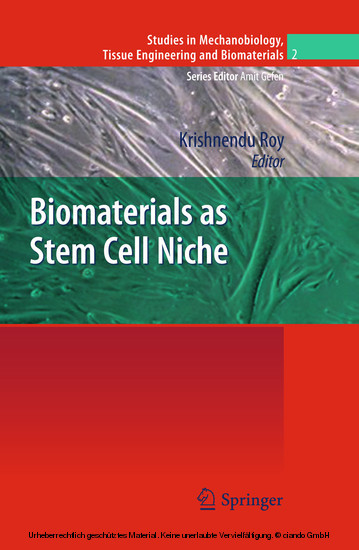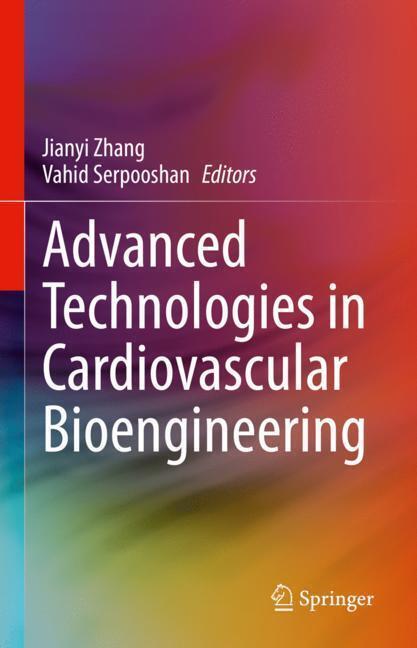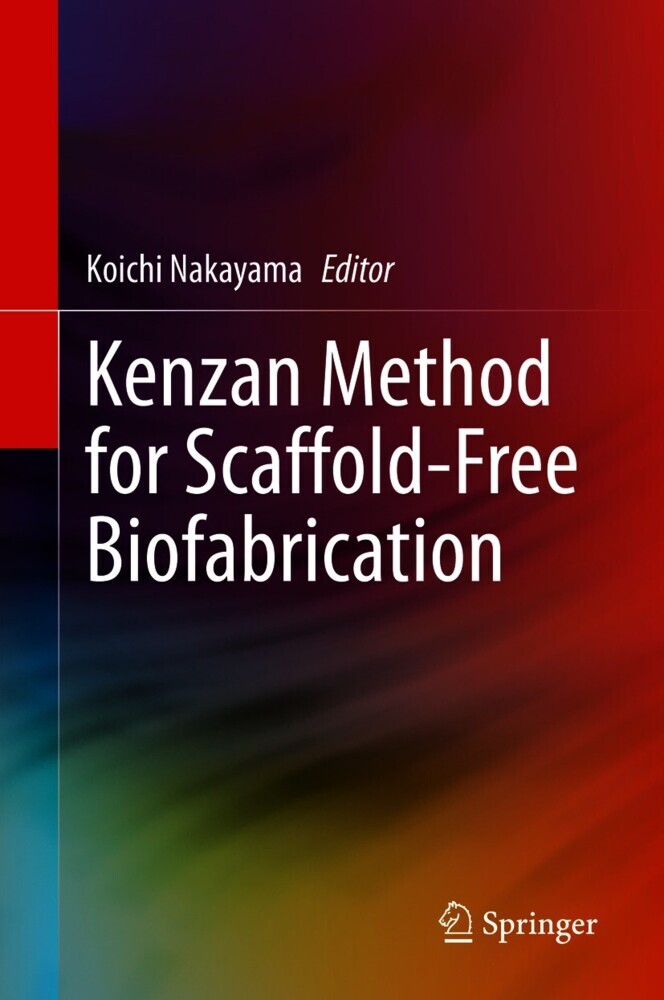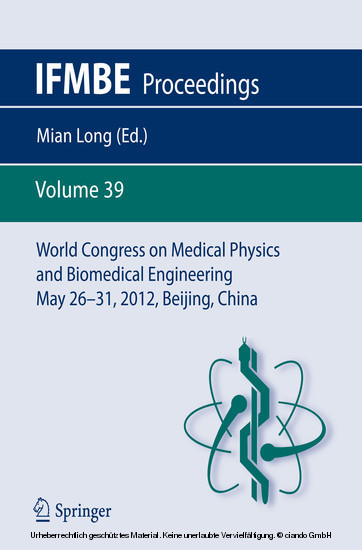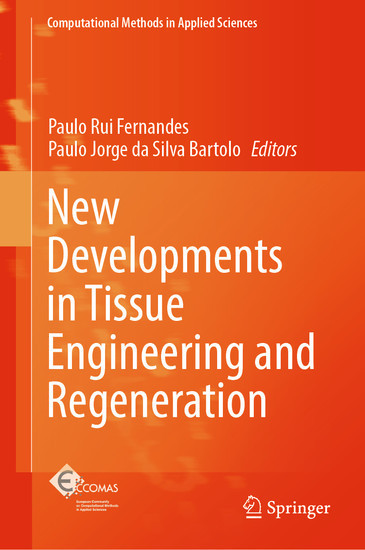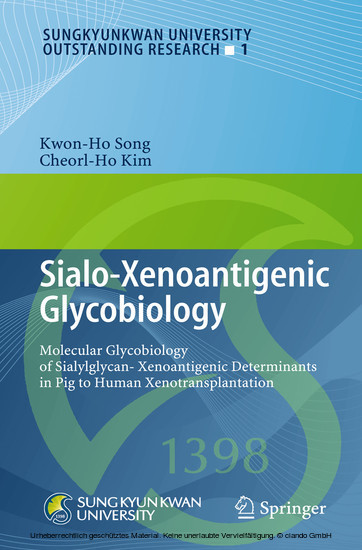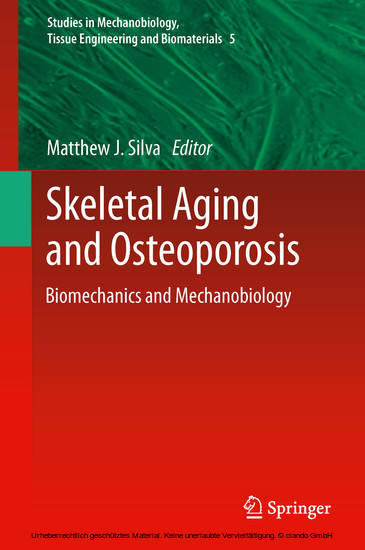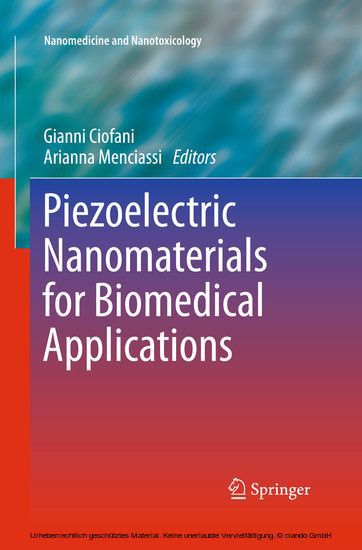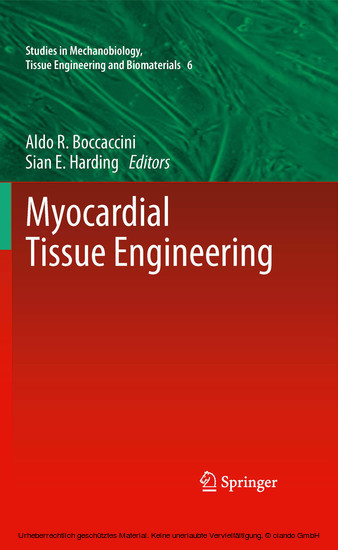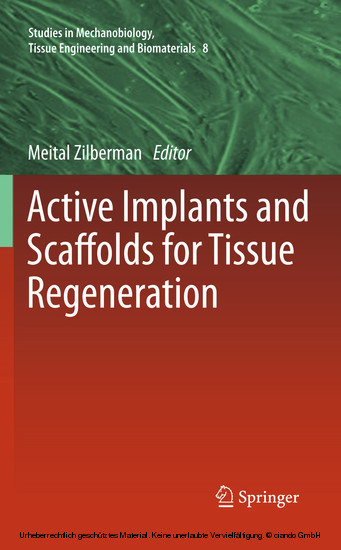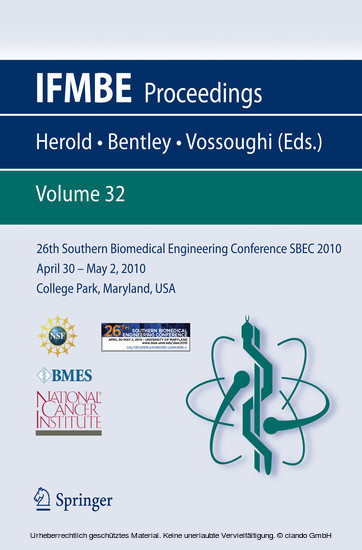Biomaterials as Stem Cell Niche
Studies in Mechanobiology, Tissue Engineering and Biomaterials
Biomaterials as Stem Cell Niche
Studies in Mechanobiology, Tissue Engineering and Biomaterials
Recent developments in stem cell biology have opened new directions in cell therapy. This book provides the state-of-the-art developments in using biomaterials as artificial niches for engineering stem cells, both for the purpose of better understanding their biology under 3D biomimetic conditions as well as for developing new strategies for efficient long term maintenance and directed differentiation of stem cells into various therapeutic lineages. Animal and human stem cells of both embryonic and adult origin are discussed with applications ranging from nerve regeneration, orthopedics, cardiovascular therapy, blood cell generation and cancer therapy. Both synthetic and natural biomaterials are reviewed with emphasis on how material-stem cell interactions direct specific signaling pathways and ultimately modulate the cell fate. This book is valuable for biomaterial scientists, tissue engineers, clinicians as well as stem cell biologists involved in basic research and applications of adult and embryonic stem cells.
1;Preface;52;Contents;73;Engineering ECM Complexity into Biomaterials for Directing Cell Fate;93.1;Abstract;93.2;1. Cell--ECM Interactions;93.2.1;1.1 ECM Composition and Signaling;103.2.2;1.2 ECM Regulation;113.2.2.1;1.2.1 Proteolytic Processing of the ECM;113.2.2.2;1.2.2 Mechanochemical Translation of Cell-binding ECM Domains;133.3;2. ECM and the Stem Cell Niche;163.3.1;2.1 Integrins: A Sign of ''Stemness'';163.3.2;2.2 Neural Stem Cells and Integrin/ECM Alterations;173.3.2.1;2.2.1 Integrin and ECM Profile During Neural Development;173.3.2.2;2.2.2 ECM and Integrin Profile in Adult Neural Stem Cell Niche;183.3.2.3;2.2.3 Functional Role of ECM/Integrin Interactions;193.4;3. Current Biomaterials Approaches;203.4.1;3.1 Biomimetic Approaches;203.4.2;3.2 Engineering Protein Variants;213.4.3;3.3 Future Directions for Biomaterials as Stem Cell Niches;223.5;References;234;Functional Biomaterials for Controlling Stem Cell Differentiation;274.1;Abstract;274.2;1. Introduction;284.2.1;1.1 Emergence of Stem Cell Engineering in Regenerative Medicine;284.2.2;1.2 Stem Cell Sources;284.3;2. Stem Cell Expansion and Differentiation Using Biomaterials;294.3.1;2.1 Roles of ECM in Stem Cell Differentiation;294.3.2;2.2 Mimicking ECM with Synthetic Biomaterials;304.3.2.1;2.2.1 Mimicking the Biophysical and Biochemical Properties of ECM;304.3.2.1.1;Functionalization of Synthetic Substrates with ECM Derived Ligands;314.3.2.2;2.2.2 Effects of the Cell--Matrix Interface;314.3.2.2.1;Surface Chemistry and Interfacial Energy;314.3.2.3;2.2.3 Mineralization of Matrix Materials;374.3.2.3.1;Mineralization of Polymeric Matrices;384.3.2.3.2;Effect of Mineralization on Cell Adhesion, Proliferation and Differentiation;384.3.2.4;2.2.4 Mechanical Properties;404.3.3;2.3 Biomaterial Based Delivery of Soluble Factors for 3D Cell Culture;404.3.3.1;2.3.1 Incorporation of Bioactive Agents into Matrix Materials;404.3.3.2;2.3.2 Effects of Controlled Delivery of Bioactive Agents on Stem Cell Differentiation;424.3.3.2.1;Delivery of Bioactive Agents to Embryonic Stem Cells;424.3.3.2.2;Tissue Specific Differentiation of Stem Cells Using Delivery of Bioactive Agents;444.3.4;2.4 In Vivo Applications;454.3.5;2.5 Future Perspectives;464.4;Acknowledgments;474.5;References;475;Integration of Biomaterials into 3D Stem Cell Microenvironments;535.1;Abstract;535.2;1. Introduction;535.2.1;1.1 Culture in Two or Three Dimensions;555.2.2;1.2 Strategies for Biomaterial Control of the 3D Microenvironment;555.3;2. Scaffolds;565.4;3. Encapsulation;595.5;4. Microcarriers and Microparticles;605.5.1;4.1 Microcarriers;615.5.2;4.2 Microparticles;615.6;5. Summary and Conclusions;635.7;References;636;Stem Cell Interaction with Topography;686.1;Abstract;686.2;1. Introduction;686.2.1;1.1 Extracellular Topography;696.2.2;1.2 Nanotopography;706.3;2. Nanofabrication Techniques;716.4;3. Stem Cells Reception to Topography;756.4.1;3.1 Embryonic Stem Cells;756.4.2;3.2 Neural Progenitor Cells/Neural Stem Cells;776.4.3;3.3 Mesenchymal Stem Cells;786.5;4. Making Sense of Physical Cues in the Extracellular Matrix: Mechanotransduction;816.5.1;4.1 Introduction to the ECM;816.5.2;4.2 Mechanotransduction: A Direct Connection?;826.5.3;4.3 Connecting with the ECM: Cell--Matrix Interactions;826.5.4;4.4 Integrins and Focal Adhesions: Inside Out and Outside In;846.5.5;4.5 Cytoskeleton: Force Transmission;856.5.5.1;4.5.1 Cell Exerting Forces on the Underlying Substrate;856.5.6;4.6 Filopodia: Probing the ECM;866.5.7;4.7 Nucleus: Gene Regulation;876.6;5. Conclusion;876.7;References;887;The Nanofiber Matrix as an Artificial Stem Cell Niche;957.1;Abstract;957.2;1. The Stem Cell Niche;957.3;2. Nanoscale Topography in the Extracellular Matrix;977.4;3. Methods to Generate Nanofibrous Matrices;987.4.1;3.1 Electrospinning;987.4.2;3.2 Self-assembly;1007.4.3;3.3 Solution Phase Separation;1027.4.4;3.4 Comparison of Nanofiber Generation Methods;1047.5;4.
Roy, Krishnendu
| ISBN | 9783642138935 |
|---|---|
| Artikelnummer | 9783642138935 |
| Medientyp | E-Book - PDF |
| Copyrightjahr | 2010 |
| Verlag | Springer-Verlag |
| Umfang | 309 Seiten |
| Sprache | Englisch |
| Kopierschutz | Digitales Wasserzeichen |

